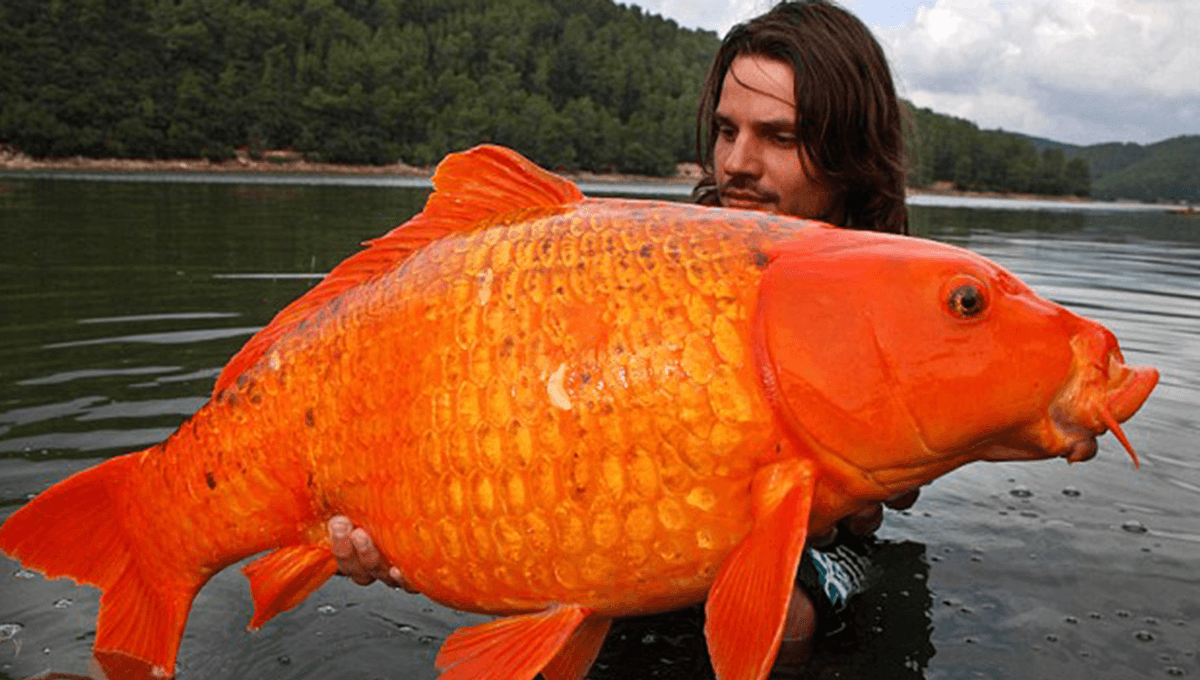
Of all the potential pets that could be dangerous to humans and other animals, few would rank a goldfish very highly. However, these previous pets have been released into the wild by careless pet owners and are now causing havoc across the Great Lakes of Canada and in France. A new study has tracked one of the populations of these dumped goldies, finding out just how and where they are spending their time.
But just how much damage can a few little pet goldfish cause? Well, herein lies the problem – once released, these goldfish are capable of growing much larger than the ones in your goldfish tank. Growing to monstrous proportions by consuming everything in their path, and clouding up the water with their poop, these goldfish are causing all sorts of problems for the native species in their way.
“They can eat anything and everything,” Christine Boston, an aquatic research biologist with Fisheries and Oceans Canada and lead author of the new paper, told the New York Times.
In Hamilton Harbour within Lake Ontario, the researchers have been tracking goldfish movements to try to find the best place to cull these problem fish. While culls are controversial on both sides of the argument for and against, they are one way to control invasive species. In Australia, a cull of the wild horse population hopes to protect the habitat for the endangered native species within the national park.
The goldfish are growing to around 40 centimeters (16 inches) long, meaning they are too large to be eaten by other predatory fish species within the lake. “A fish would have to have a really big mouth to eat it,” Boston said. In France, a behemoth of a goldfish named the Carrot was found measuring 30 kilograms (67 pounds).
To track where the goldfish were going, the team caught 19 adults between June 2017 and October 2018. The fish were then implanted with transmitters containing pressure sensors. Five fish were tracked for almost two years, while others just under a year.
The results show that all the fish (bar one) stayed with Hamilton Harbour, and the team was able to identify 19 potential spawning locations. The team also found that the fish moved around based on the seasons and the depth of the water, preferring moderate to deep water between October and January but moving to shallower water near the shores as the days became longer in spring.
Given these findings, the team recommended different management strategies including the “Judas fish” approach as well as using modified box traps to catch smaller members of the population. These measures could effectively reduce the numbers of these goldfish within the Great Lakes, but still preserve the native fish species that also share the same areas.
The paper is published in the Journal of Great Lakes Research.
Source Link: Tracking Monster Goldfish Could Help Protect Native Species In Canada